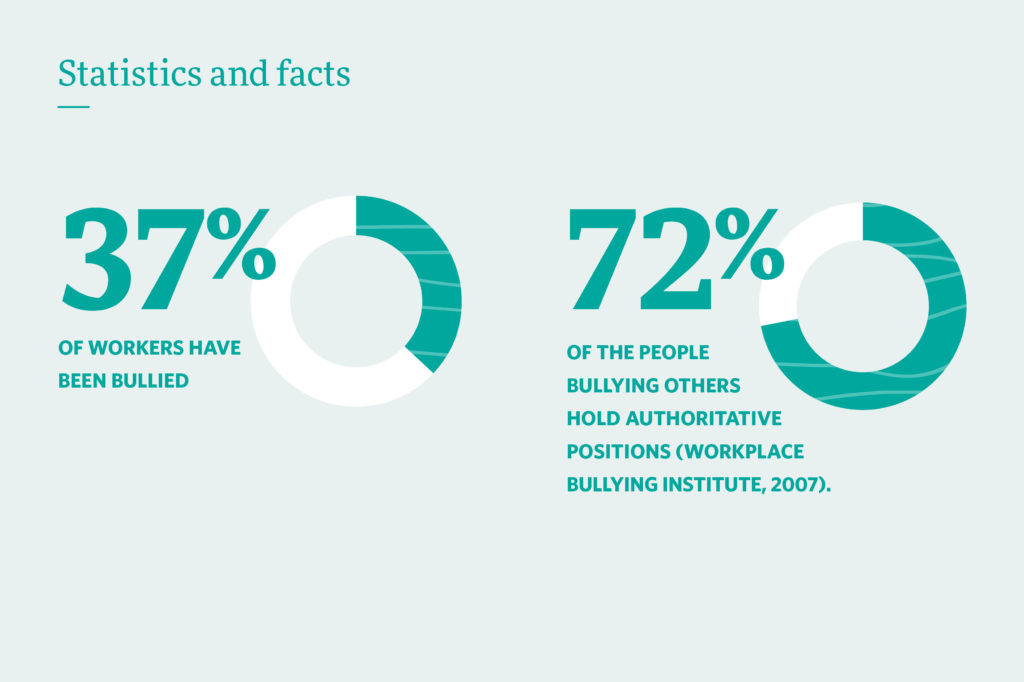Bullying has never been something that is confined to the school playground. Unfortunately, bullying in its many forms is something that seeps into our offices and places of work, especially with technology facilitating newer forms of cyber bullying. According to a YouGov Poll, 29% of people have been the victims of workplace bullying. That’s nearly 3 in every 10 workers and equates to 9.1 million of the UK workforce. This #AntiBullyingWeek we have outlined the most effective and sensitive workforce planning techniques to tackle and prevent workplace bullying within your business.
Firstly, how do we identify bullying within our own place of work? It may come in the form of harassment, intimidation, public humiliation, spreading rumours, unreasonable demands, or withholding information to hinder someone’s work. Although most bullying in the workplace is verbal rather than physical, it can also manifest in emails and across social media, and will often take the form of smaller comments or scenarios which, when repeated and increased over time, form a larger problem.

Workplace bullying costs UK businesses around £18 billion a year, according to data from government body Acas. So what workforce planning techniques can you employ to tackle and prevent workforce bullying and ultimately increase your team’s happiness and productivity?
- Call bullying what it is. Using euphemisms such as disrespect, personality conflicts, difficult people, management style, trivialises bullying and alienates those who are being bullied.
- Develop an anti-bullying policy outlining your company’s stance and commitment to preventing bullying, as well as a clear procedure to follow in a format that works for you. This might include a number of steps e.g investigation, notification, disciplinary meeting, action.
- Ensure that this policy is shared and understood by every member of your team, and educate your employees on the varying nature of workplace bullying and how to recognise it.
- Set up a strong framework for employees of all levels to use to report bullying, including details of who to contact and how to bypass the chain of command if the bully in question is the victim’s manager or direct superior.
- Always maintain an open-door policy in order to promote a positive workplace culture and encourage employees to come forward in a safe and supportive environment without judgement.
- Take all allegations seriously, and remember that the face and personality of the bully in question may be very different, so you cannot disregard a comment or allegation just because that person is pleasant and good-mannered to you personally.
- Ensure you have a database or tracker to log all complaints or witness statements. This way you can monitor allegations in the long run.
If you feel as though you are being bullied in your workplace, don’t completely shut down emotionally and talk to others about your situation; a bully’s power lies in knowing that you feel alone, so as soon as you share the problem, you begin to take back power.












